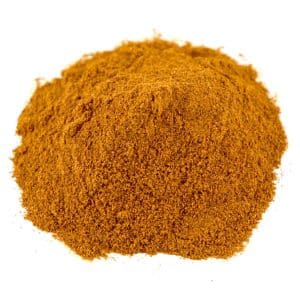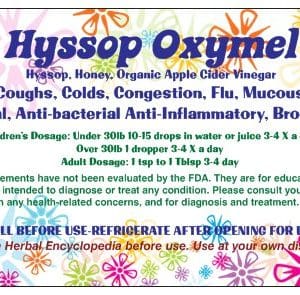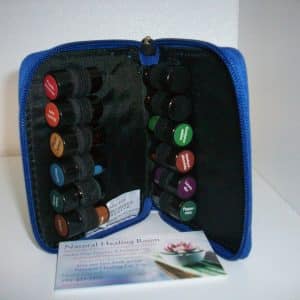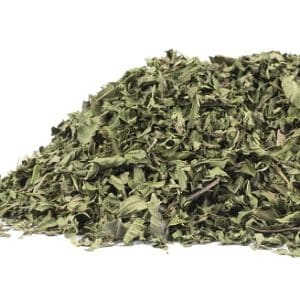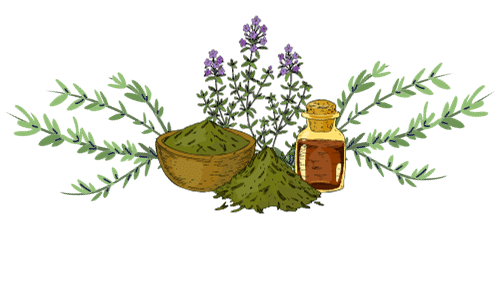Botanical Name
Family Guttiferae [Hypericaceae] Hypericum perforatum
Common Names
Hardhay, Amber, Goatweed, Klamath Weed, Tipton Weed, St. Johns Word, St. Johnswort, Witches Herb, Y Fendigedig (Welsh), Balm of Warriors Wounds, Devils Scourge, Touch and Heal, Lord Gods Wonder Plant, st johns wort, St. Johns wort. Native to Britain and Europe, the herb now grows wild throughout most of the world. It is found in meadows, on banks, and by roadsides, preferring chalky soils and sunny positions. The herb is an erect perennial that grows to about thirty-two inches and produces bright yellow flowers that form in a flat-topped cluster and display tiny black dots on the petals and sepals. The flowers are harvested in mid-summer.
Since at least the 5th century BCE, the herb has had a reputation as a wound herb. It is said that the herb was given its name from the Knights of St. Johns of Jerusalem who used it to treat wounds on the Crusades battlefields.
It is also said that it received its name from squeezing the dots on the flowers. When squeezed, the dots ooze a red pigment that is said to represent the blood of St. John the Baptist. The plant traditionally blooms by June 24, which is also associated with John the Baptist, according to the Catholic calendar.
It was believed that the herb dispelled evil spirits, and the insane were often forced to drink infusions made from the plant.
According to the Doctrine of Signatures, because the herb was yellow, it was associated with choleric humors and used for jaundice and hysteria.
Old herbals often refer to Tutsan (H. androsaemum) from the French toutsain, or heal-all, which was also used to treat injuries and inflammations.
Although it fell into disuse in the 19th century, it has recently regained prominence as an extremely valuable remedy for nervous problems.
Used for hundreds of years by the Klamath, Nez Perce, Umatilla, Yakima, and other Native American tribes, this herb has a calming effect on the nerves, but is also considered a stimulant by some herbalists.
Dioscorides, Paul of Aegina, Pliny, Galen have all referred to the plant as one that relieves excessive pain, removes the effects of shock, and has a tonic effect on the mind and body. As such, it is especially valuable for post-surgical pain.
When it arrived in the New World, it quickly took over vast tracts of land, especially in the Pacific Northwest where it was known as the Klamath weed. Cattle loved, it but those that ate large quantities became sun-sensitive and ultimately developed severe sunburn. When herbacides failed to control its growth in 1946, an Australian beetle, that also loves the herb, was imported; and, within a decade, the weed was declared under control. As with anything introduced against nature, the beetle thrived to the point that it is now threatening commercial growths now that the herb has become popular.
Key Actions
Key Components
